 08Jul2022
08Jul2022
At the toe of Italy’s boot: Calabria suprises with its wild beauty
Written byRenata Jirasova08 Jul. 2022CALABRIA, Italy's poorest region, is definitely not for everyone. Especially not for spoiled individuals. But adventurers will find paradise here :-)!
Calabria is surrounded by the sea on two sides - the Tyrrhenian Sea forms the frame of the west coast and the Ionian Sea encircles the southeast coast. Pebble and sandy beaches alternate with rocky outcrops, cliffs and caves. Citrus groves, many vineyards and the beautiful architecture of the Italian south complete the beauty of Calabria. It is a predominantly mountainous and not very rich region.
Prices are usually about 15-20 % lower than in other parts of Italy. You will hardly find industrial centers here, but there are more than enough beautiful natural scenery with unforgettable views.
What about beaches?
Calabria boasts all kinds of uncrowded beaches - sand, gravel, pebbles and rocks - always in a clean natural environment with crystal clear water, ideal for diving lovers. This area has the cleanest parts of the sea not only in Italy but also throughout Europe. Calabria is called a swimming paradise among travellers.
 Torre di Fiuzzi, Lido La Mantinera, 4 km from the centre of Praia a Mare
Torre di Fiuzzi, Lido La Mantinera, 4 km from the centre of Praia a Mare  The private island Dino. Locals organize trips around this island on motor boats for a fee. Among the most beautiful experiences are boat trips into caves, where you can observe shoals of fish and see bats. You can get to this place by taking the road between Praia a Mare and Scalea or by walking 4 kilometers from the Praia a Mare railway station.
The private island Dino. Locals organize trips around this island on motor boats for a fee. Among the most beautiful experiences are boat trips into caves, where you can observe shoals of fish and see bats. You can get to this place by taking the road between Praia a Mare and Scalea or by walking 4 kilometers from the Praia a Mare railway station.
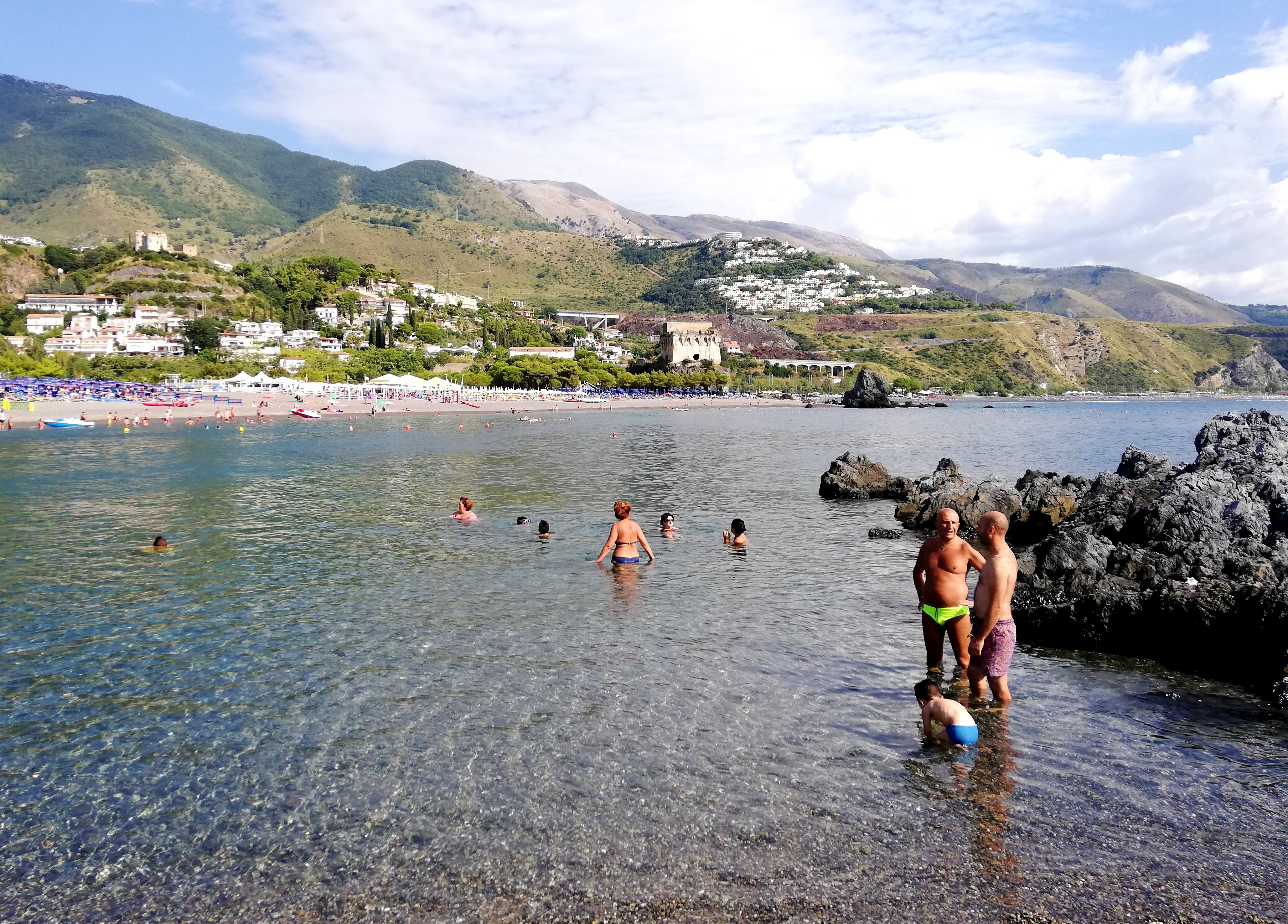 Praia a Mare. In the bay close to the private island Dino (oposite the Torre di Fiuzzi).
Praia a Mare. In the bay close to the private island Dino (oposite the Torre di Fiuzzi).
A little bit of history
In addition to the Romans, the history of Calabria is mainly connected with the Greeks and Albanians, who still live in some areas and still maintain their language and customs. Greek settlements were located, among others, in Reggio Calabria, Locri, Crotone, Sibari since the 8th century. The capital is Catanzaro.
When to go to Calabria?
Calabria is especially suitable for those who do not like to travel on holiday during the high season. It is characterized by a warm and pleasant climate from April to October. The sea temperature reaches 20 degrees in May, rises to 25 degrees in July and begins to fall below 20 degrees in mid-October. The ideal period here is from May to the beginning of July and in September, when the air temperature is a maximum of +30 ° C. In July and especially in August it can be very hot and the temperature in places reaches +40 ° C.
Cedars, bergamots, hot peppers, nduja and tartufo
And what else characterizes the Calabria?
Cedars (large lemons) - massive Cedars that grow the most on the Cedar Riviera (Riviera dei Cedri). The citruses are used in cosmetics, food and for ritual purposes.
Bergamot (an orange and lemon hybrid) - the town of Melito di Porto Salvo in the very south of Calabria, is surrounded by bergamot plantations.
Red onions - the famous red onion with a sweet taste forms the basis of many local delicacies. The area around Tropea is considered to be the "paradise of red onion".
Hot Chilli Peppers & Nduja - Calabrian cuisine is excellent - and also spicy. Hot peppers are a very popular ingredient here. They are also added to the local specialty: spicy nduja salami.
 Praia a Mare - a shop with a popular local products - cedars, red onions and red hot chilli peppers
Praia a Mare - a shop with a popular local products - cedars, red onions and red hot chilli peppers A shop in Praia a Mare with local products including a very hot salami called Nduja
A shop in Praia a Mare with local products including a very hot salami called Nduja
Tartufo ice-cream - And where to have something sweet? In Pizza. They invented tartufo ice-cream at the seaside town of Pizza. The shape is a bit like a truffle (tartufo in Italian), hence the name. Chocolate-hazelnut ice cream wrapped in chocolate is excellent, and who wouldn't taste it here, as if they weren't even in Calabria.
What is worth visiting in Calabria?
Diamante
The old town of Diamante attracts visitors with contemporary Calabrian-themed house paintings ("murales"). The history of the town dates back to the 16th century. It is sometimes called Cittá dei Marales (city of walls). An interesting feature is the church, which stands at a height of 720 meters above sea level.
The town is also famous for the Pepperoni Festival, which takes place at the beginning of September. It is a showcase of filmmaking, culture, satire, folk music and gastronomy.
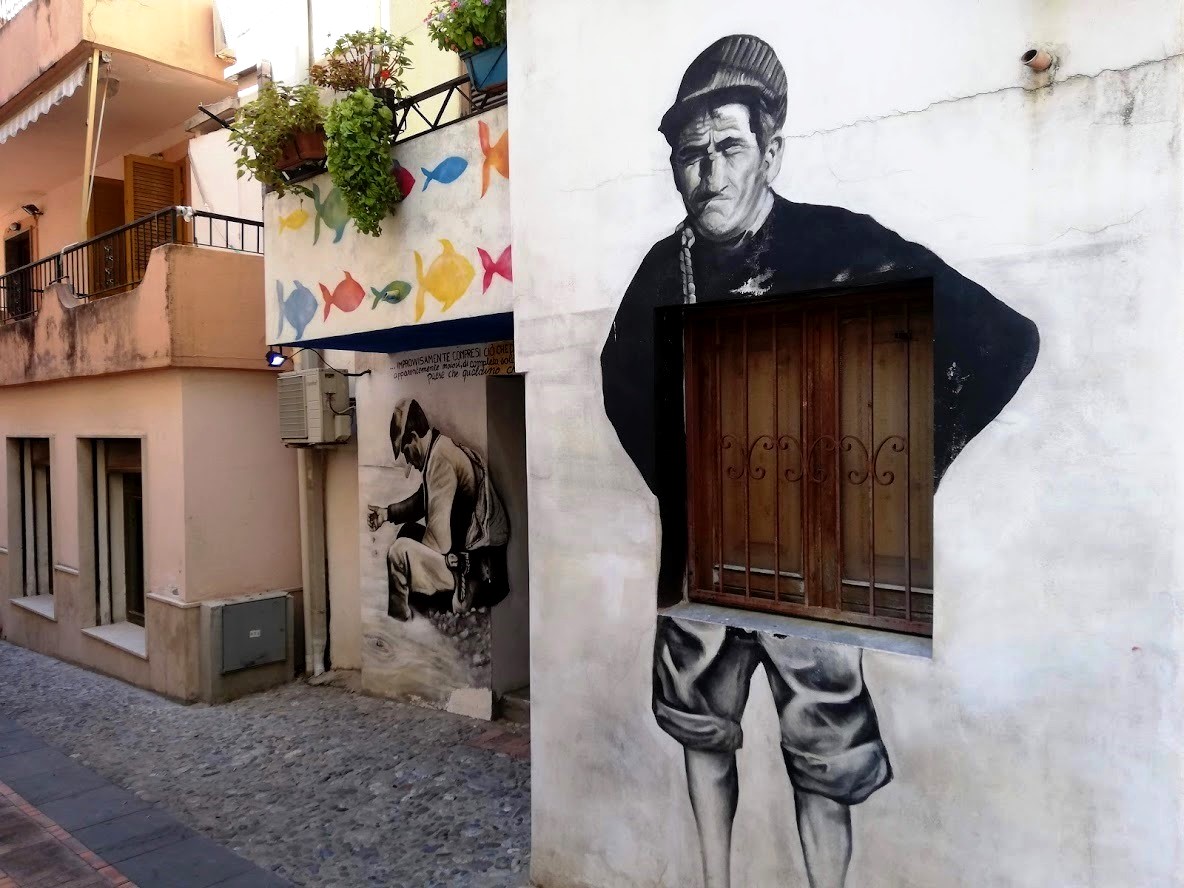 Fishermen - one of the best well-preserved Calabrian wall paintings called "murales" in Diamante
Fishermen - one of the best well-preserved Calabrian wall paintings called "murales" in Diamante Calabrian wall paintings called "murales" in Diamante
Calabrian wall paintings called "murales" in Diamante Unfortunately some "murales" are already shabby in Diamante
Unfortunately some "murales" are already shabby in Diamante
Maratea
The dominant feature of the picturesque mountain town of Maratea is the statue of Jesus Christ, which towers over the town at the top of Monte San Biagio. It was built in 1965 from reinforced concrete covered with a mixture of cement and white marble, and its dimensions (height 21 meters, arm span 19 meters) make it the second largest statue of its kind in the world, after the one in Rio de Janeiro, which has the name "Statue of Jesus the Redeemer". There is also the Basilica di San Biagio on the hill. It was built between 6-7 century AD on the site of a pagan temple that was built in honor of the goddess Minerva. Currently, a procession of believers heads here every year.
The trip there is definitely worth it especially individually, if you rent a car. The ride up is exciting. Small road, steppingstones mountain, hairpin turns. When you reach the summit, there is a parking place for 5 euros. Then you can take bus or you can walk to the top of the hill. The walk up to the statue takes about 45 min. and it is impressive as the head and body begin to be seen. The views are spectacular.
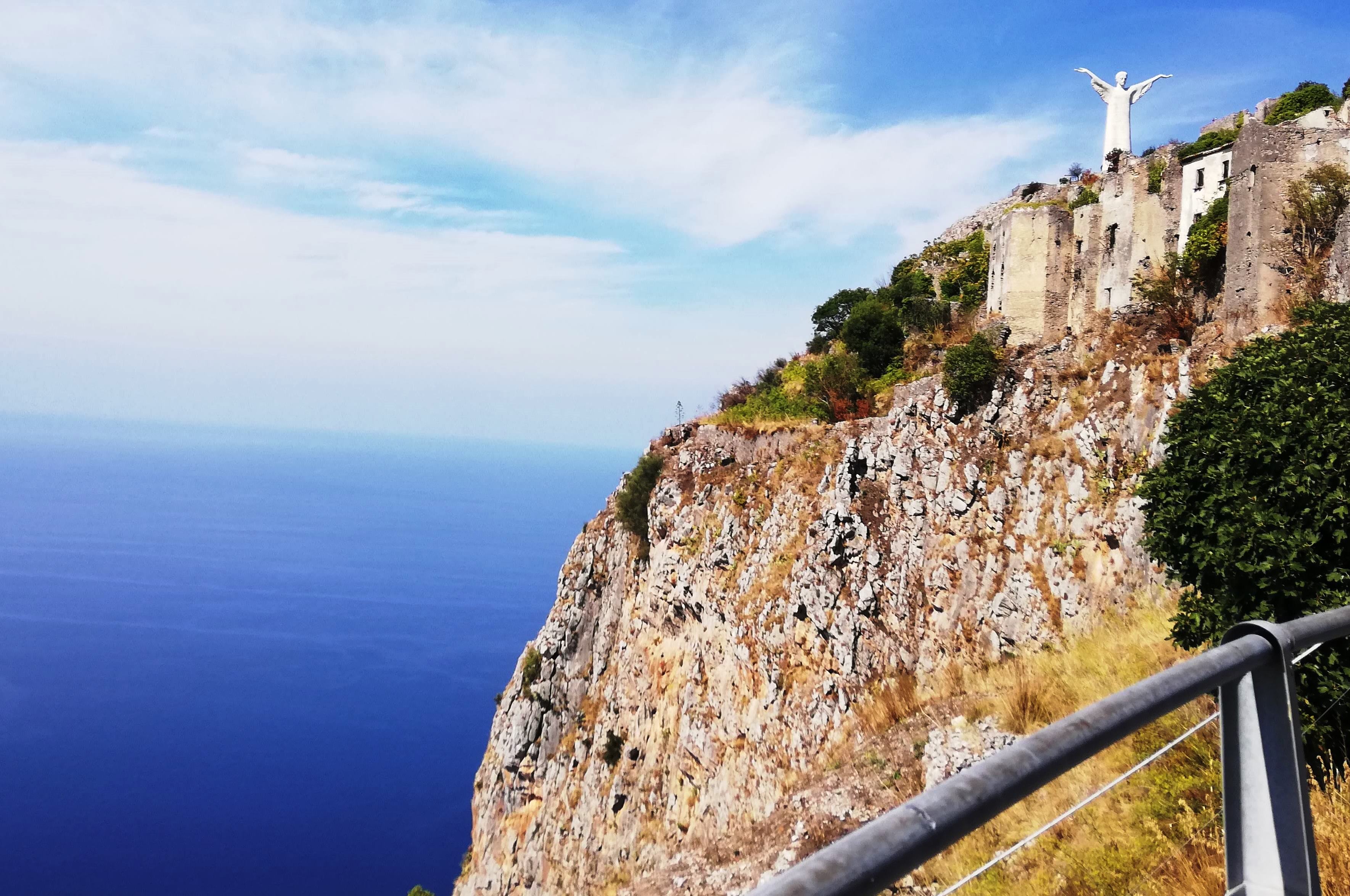 Walking up on the road to the rocky hill with the statue of Jesus. The views are spectacular.
Walking up on the road to the rocky hill with the statue of Jesus. The views are spectacular. In front of the statue of Jesus the Redeemer (built in 1965, 21 metres high and arm span is 19 metres)
In front of the statue of Jesus the Redeemer (built in 1965, 21 metres high and arm span is 19 metres)  The long stairs leading to the statue of Jesus the Redeemer. Below is the Basilica di San Biagio from 6-7 century AD. Originally the pagan temple of the goddess Minerva used to be here. Next to the church is a cafe with a terrace. Definitely have a coffee or ice-cream there! The view from the terrace is breathtaking.
The long stairs leading to the statue of Jesus the Redeemer. Below is the Basilica di San Biagio from 6-7 century AD. Originally the pagan temple of the goddess Minerva used to be here. Next to the church is a cafe with a terrace. Definitely have a coffee or ice-cream there! The view from the terrace is breathtaking.
 You can take a microbus from parking place up to the monte San Biagio to see the statue of Jesus and the Basilica
You can take a microbus from parking place up to the monte San Biagio to see the statue of Jesus and the Basilica
Tropea
A picturesque rocky town of Tropea will enchant lovers of monuments and sandy beaches with crystal water. Medieval churches, majestic villas and town houses built on rocks deserve admiration. One of the most photographed is the church on the rocky cliff - Santuario di Santa Maria dell'Isola. Much older are the ruins of Greek and Roman buildings, scattered in a wide area. Under the cliff is a 4 km long central beach and its surface consists of golden sand. The entrance to the sea is gradual and the sea is particularly clear in these places.
Even individuals who prefer entertainment will not be bored here. Tropea abounds in bars and nightlife. In addition, several music festivals and gastronomic celebrations take place here throughout the year.
Every tourist should try the local cuisine. Famous local specialties are ’nduja´ (spicy pork salami), cipolla rossa di Tropea (red onion with a unique taste), pecorino del Monte Poro (sheep’s cheese) and herbal liqueur Vecchio Amaro del Capo.
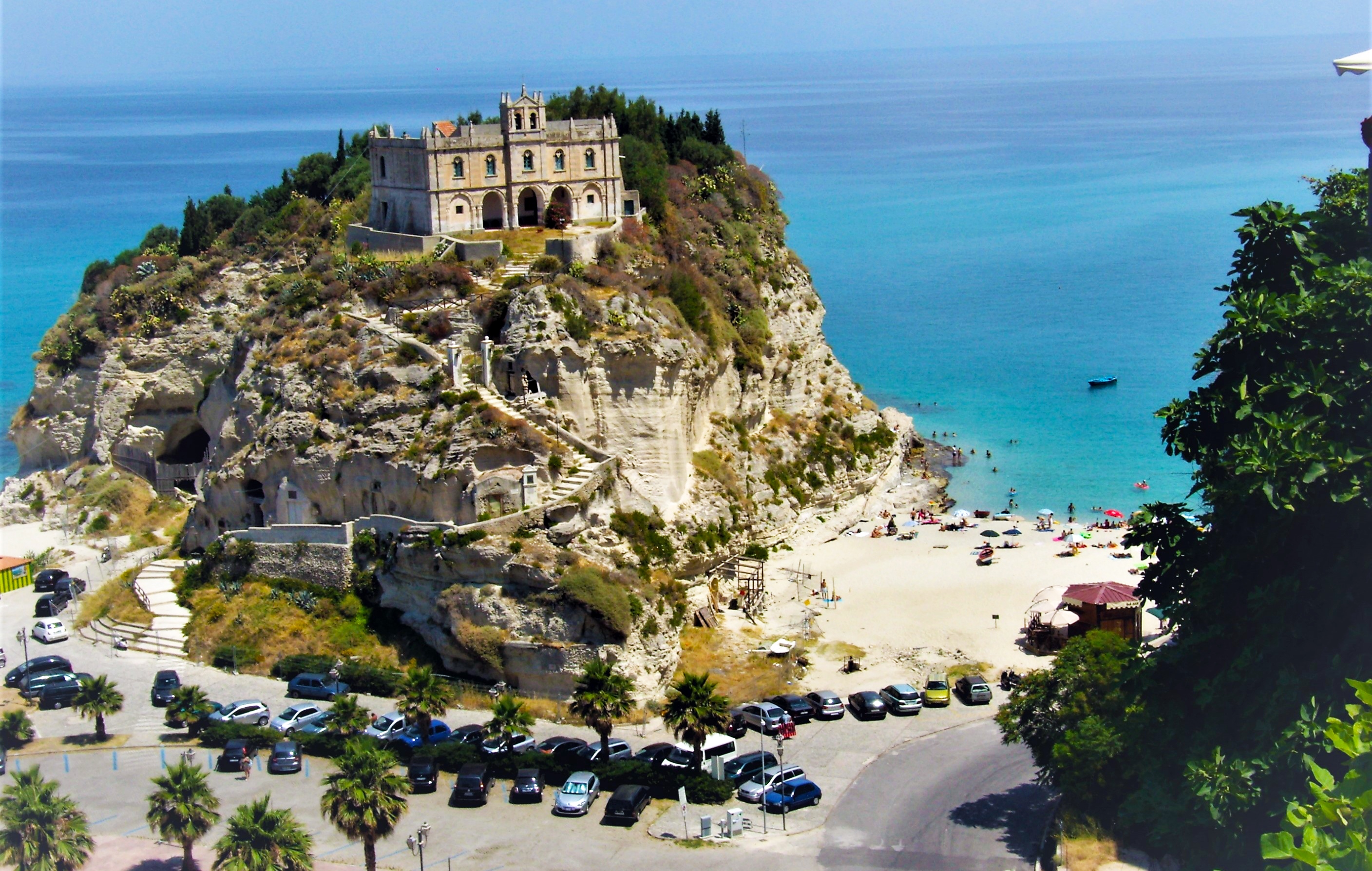 The Benedictine sanctuary of Santa Maria dell'Isola was founded in the Middle Ages on a lonely sandstone rock that was originally a separate island.
The Benedictine sanctuary of Santa Maria dell'Isola was founded in the Middle Ages on a lonely sandstone rock that was originally a separate island.
 The 4 km long central beach in Tropea with gold sand, under the rocky cliff where the sanctuary of Santa Maria dell'Isola was built in the Middle Ages
The 4 km long central beach in Tropea with gold sand, under the rocky cliff where the sanctuary of Santa Maria dell'Isola was built in the Middle Ages



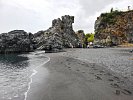
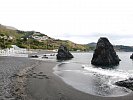
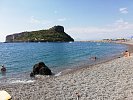
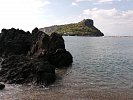

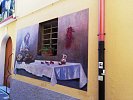
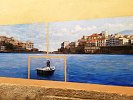


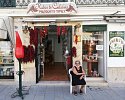

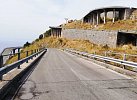


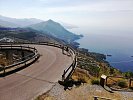


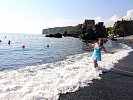
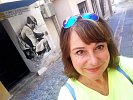



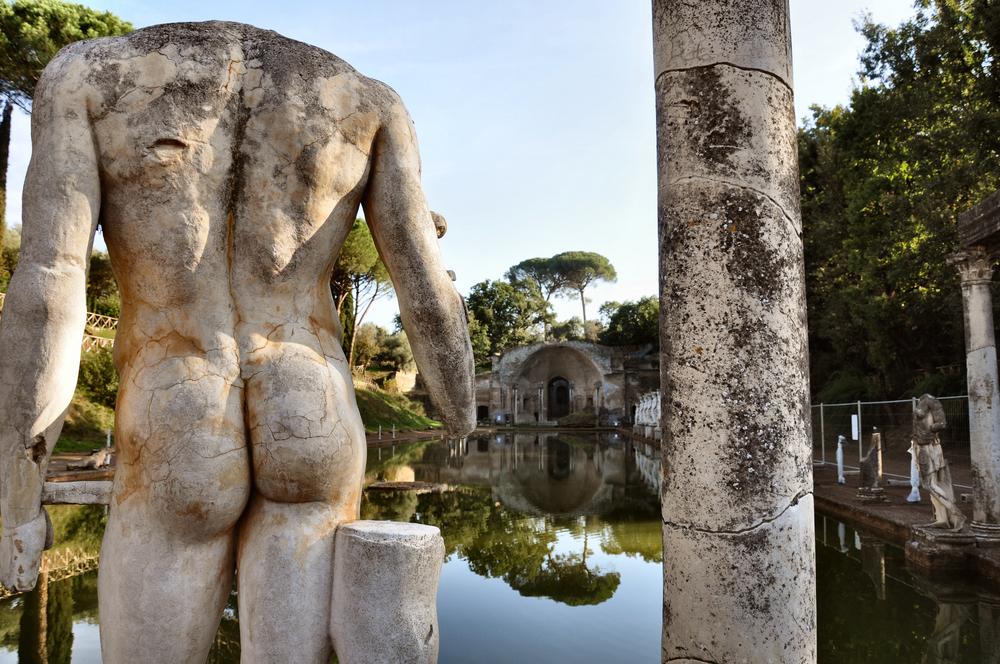
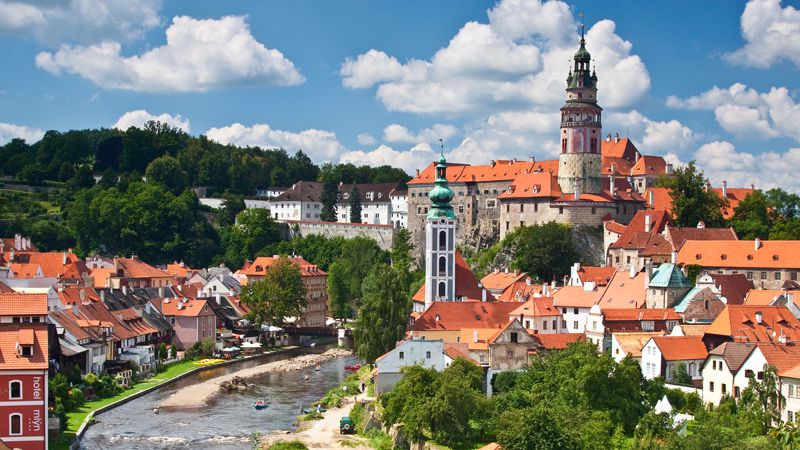




Comments (0)